|
Patterns are expensive... around $20, sometimes, for the Big Four ones. I understand why they cost a lot: a ton of work goes into making a decent sewing pattern! But I am glad of that work and want to support the people who do it. I also like to scrounge through the second- or third-hand patterns at a thrift store and find cool patterns to try! I find patterns I might not spend $20 on (because I would save that amount for a truly unique or special pattern), but patterns that nonetheless are fun to sew and often become favorites. My thrift store experience is broad: I grew up with the Salvation Army thrift store and local church and charity shops, and as an adult, I now frequent Goodwill thrift stores, which are plentiful in my area. So if you want to buy second-hand patterns, here are a few tips. SIZE MATTERS... SO DOES DECADE!Know your measurements before you shop -- your actual measurements, not your ready-to-wear dress size. If you're a woman, know your bust, waist, and hips in inches. If you're a man, know your neck, chest, and waist/hips in inches. (Not all men's patterns specify neck measurements, but some do, and since altering a neck size changes front, back, and collar pieces, you're better leaving those wrong-sized-neck patterns at the store!) Knowing your inside leg measurement might help with pants patterns, but it's not necessary, since it's easy to change the leg length on the pattern. Pattern sizes vary by decade. Prior to the 1940's, a woman's dress size was sometimes her bust measurement in inches, and there was only one size per envelope. In the 1960's, standard sizes were used by some companies, but other companies used their own designer's measurements. Modern patterns follow standard sizes that are different from the labeling of ready to wear clothing. European sizing is different from American sizing. It's too complex for me to explain, because I don't fully understand all the systems, so my best advice is to know your measurements and compare them to the pattern envelopes! Buy for your largest measurement, because it's easier to deepen darts and shave side seams until something fits you than to grade things up only in certain areas. Plus, the larger size will give more accurate yardage recommendations for your project.
Older pattern envelopes are brittle, so taking the sticker off may remove the printing underneath. You may decide to leave the stickers on.
The next thing I do is put the older, brittle patterns into plastic envelopes so they don't get torn in the drawer. For the newer patterns, I will write on the envelope which size is already cut out. For the older patterns, I don't write on the envelope, because it feels like destroying history. Likewise, if the pattern is vintage, I'll copy the pattern pieces instead of cutting them out and writing on them and altering them in the original tissue. I am not so careful with patterns from today. Perhaps that's silly... after all, the patterns from today will be vintage someday, right? But the past is a non-renewable resource, so I spare it, while the present is my time to make a mark, so I do. That makes sense to me.
1 Comment
The Sister
12/18/2019 09:23:06 am
That's a good tip to buy for the largest sizing because it's easier to deepen darts, and ensures that you have enough yardage.
Reply
Leave a Reply. |
Karen Roy
Quilting, dressmaking, and history plied with the needle... Sites I EnjoyThe Quilt Index Categories
All
Archives
March 2024
|
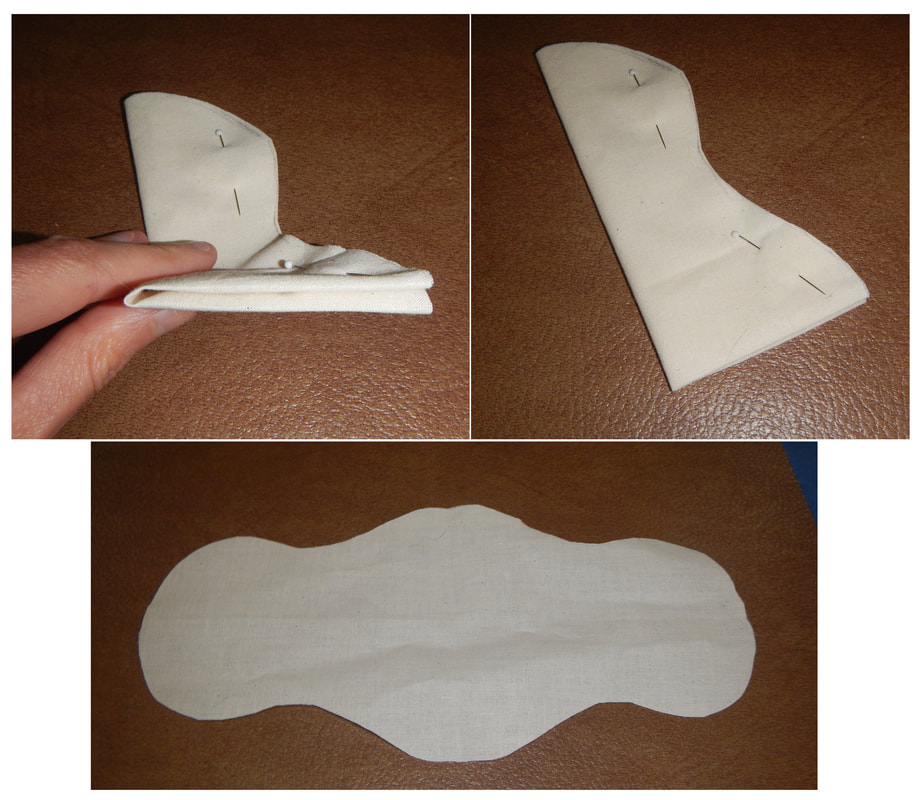
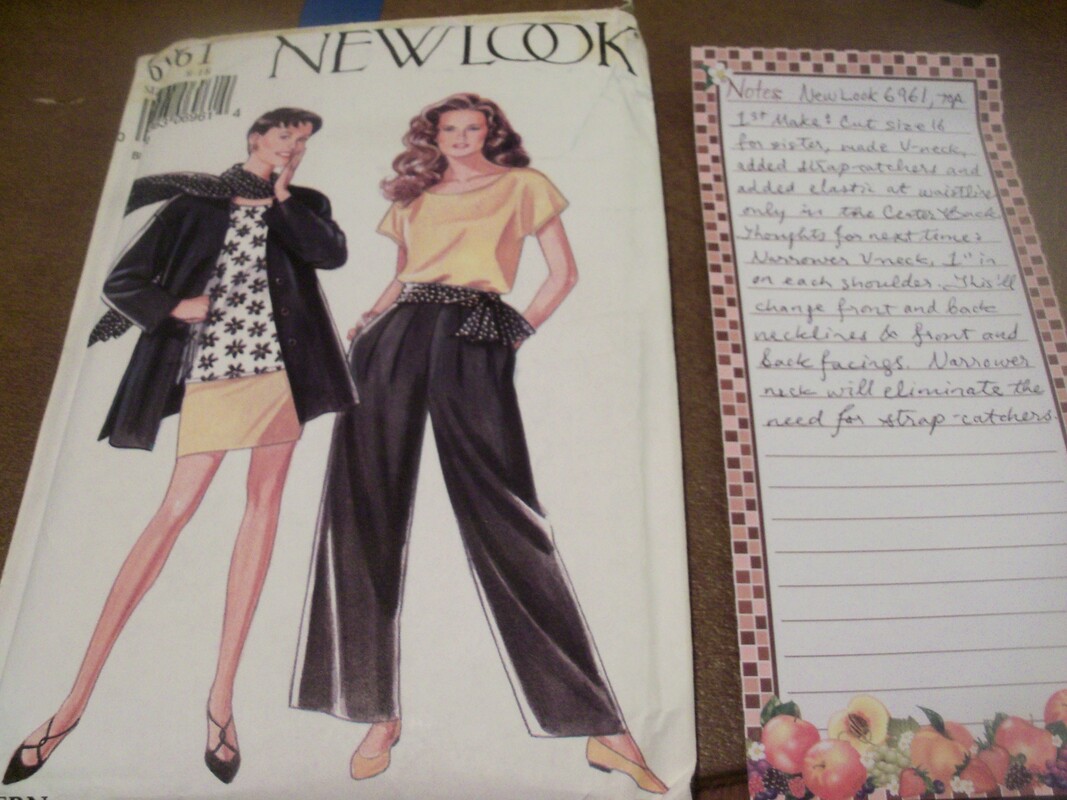
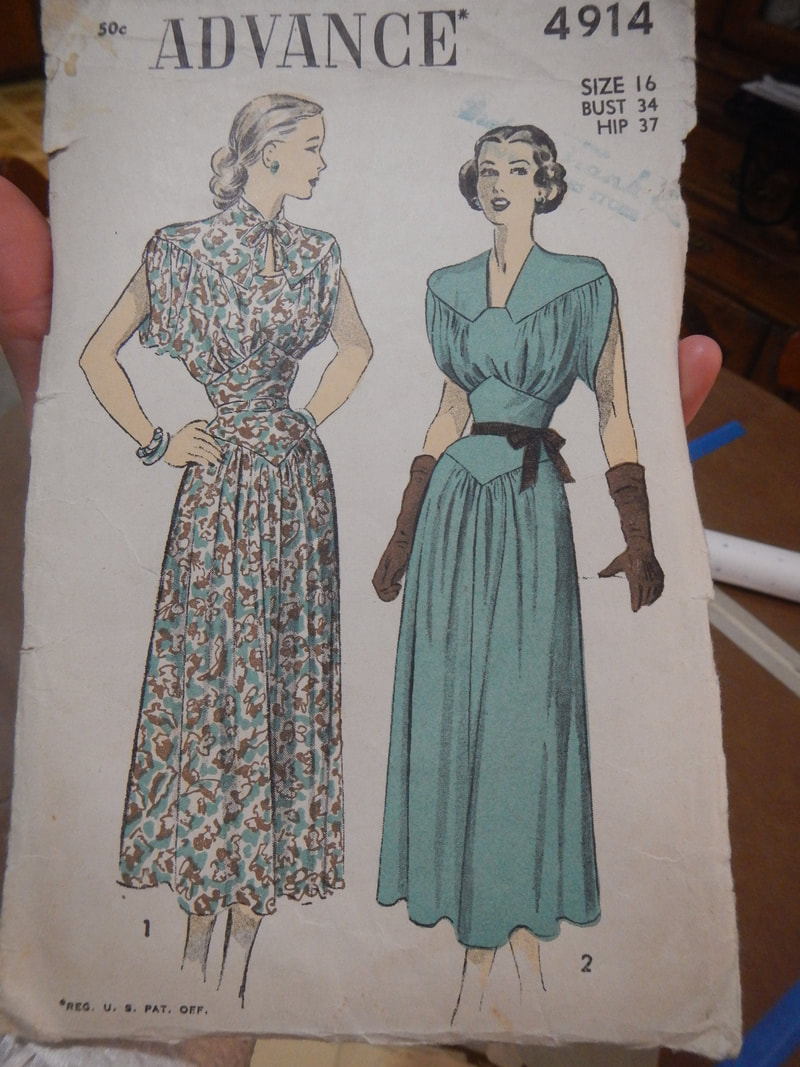
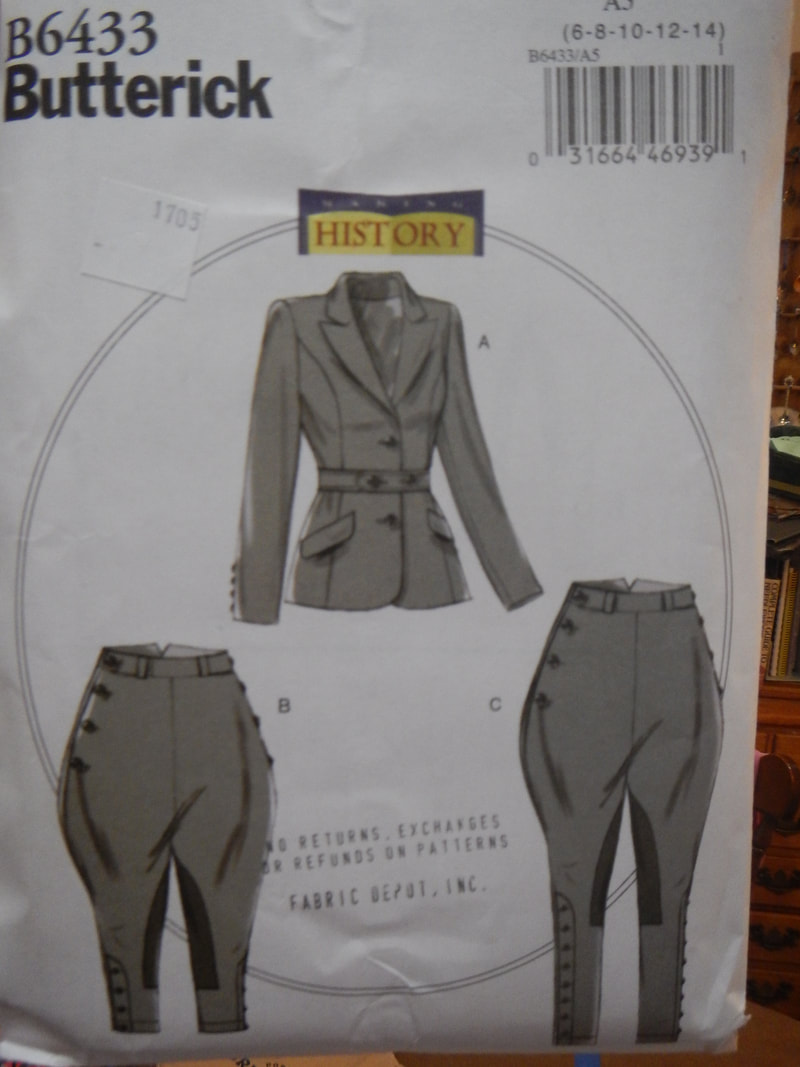
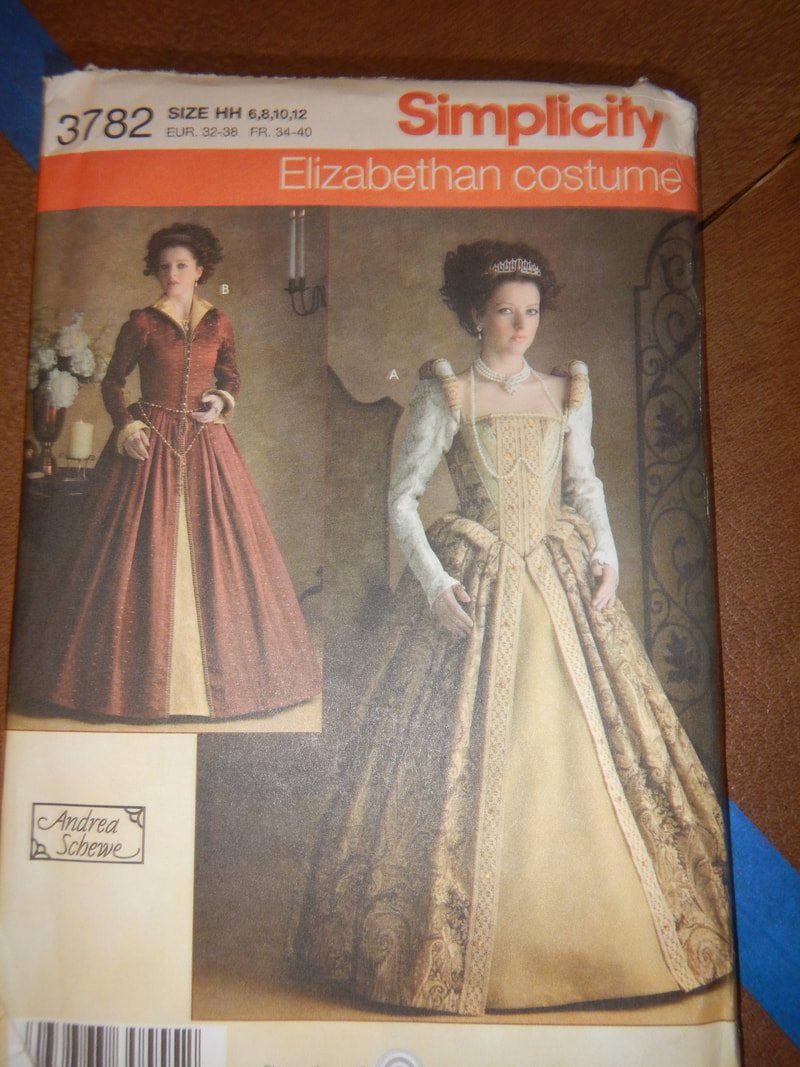
 RSS Feed
RSS Feed